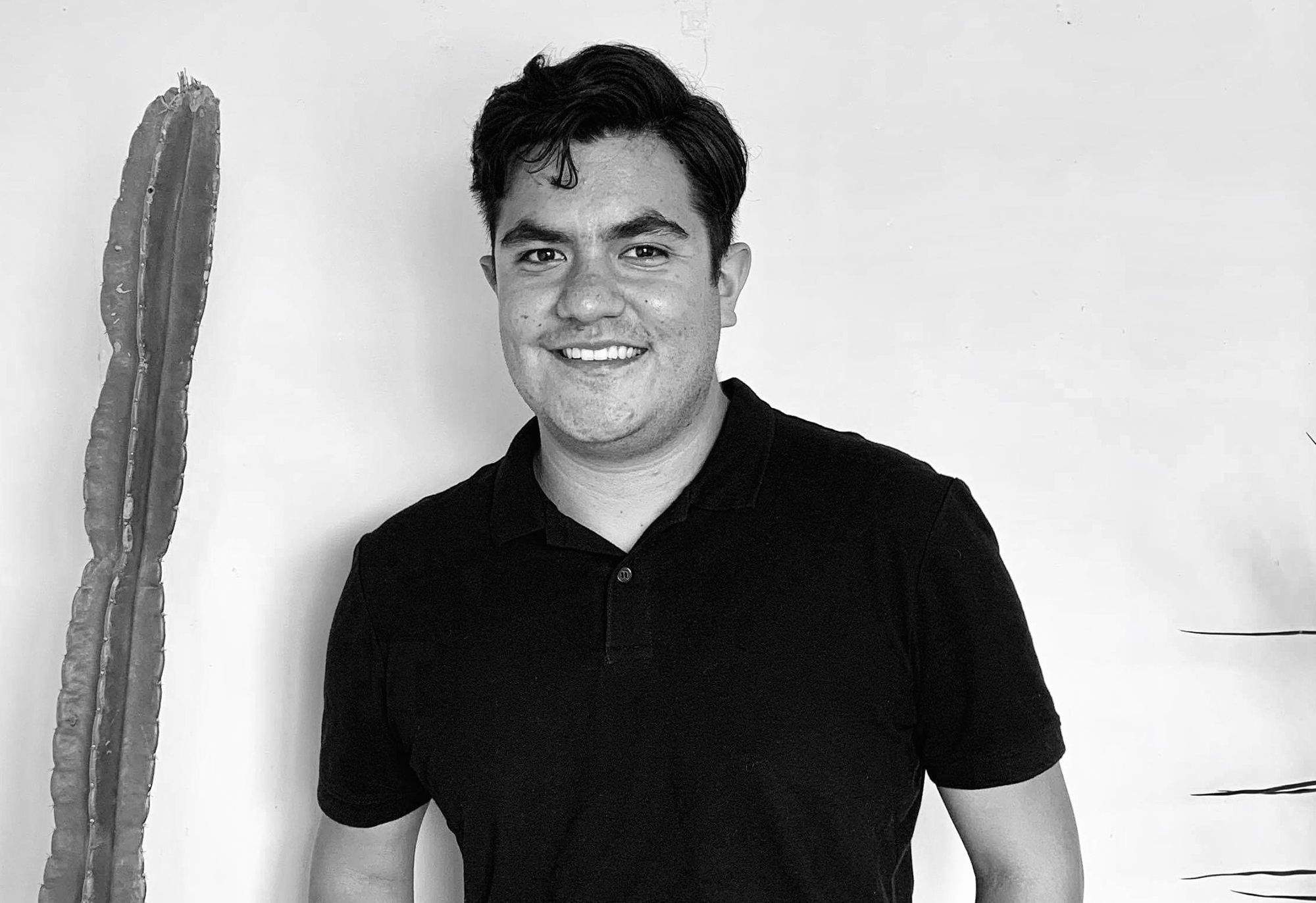
02.12.20 - Felipe Coral, a 2020 graduate, wins an international competition to redesign a former mine
Felipe Coral has had a year full of ups and downs. He graduated from the Daniels Faculty's undergraduate architecture program in spring 2020 and made a life-changing move to Melbourne, Australia — right before the city entered one of the world's longest and most stringent COVID-19 lockdowns. And then, at the end of that lockdown, he notched a major professional achievement: he won an international design competition.
Felipe's friend, recent University of Melbourne graduate Simeon Chua, noticed a call for submissions for "Reviving Mines: Shandong Park," a competition that asked entrants to design ways of rehabilitating a former mining site in China's Shandong province. The two young designers decided to work together on an entry. In November, their design, titled "Gallery of the Anthropocene," won first prize.
The competition was organized by Non Architecture. The jury included Jules Gallissian, an architect at Snøhetta, as well as several representatives from China's tourism and cultural development establishment. Felipe and Simeon will jointly receive an award of 7,000 euros.

Felipe Coral.
"This was an uncertain year for me, graduating and trying to prove I have talent," Felipe says. "So it was very rewarding to be given this prize."
Simeon is currently in Singapore, where he's working for WOHA Architects. With Felipe locked down in Melbourne, the pair had to coordinate their efforts online. They met twice a week on Zoom to strategize and compare notes and drawings. The entire design process took about three months.
Felipe and Simeon's design transforms a mine in Shandong into a place for relaxation and thought. The centrepiece of their of their proposal is an artificial river that flows down the staircase-like terraces left behind by years of extraction activity. Around the river, the two designers placed filtration dams, ponds, and water-filtering native plants. They also included a few "gallery" spaces — areas where visitors could pause to learn more about the history and consequences of landscape-altering industrial activity.
"For us, it came back to making industrial pasts of landscapes visible, instead of swiping it under the rug," Felipe says. "That's how I think landscape architecture can be used to create new futures that also educate."

A rendering of Felipe and Simon's design.
The artificial river would flow into a reservoir at the bottom of the mine, which would serve as a place for people to relax and reflect. In keeping with the Chinese setting, Felipe and Simeon styled their drawings after Chinese ink paintings.
To learn more about their design, and to find out about the competition's other finalists, visit the Non Architecture website.

